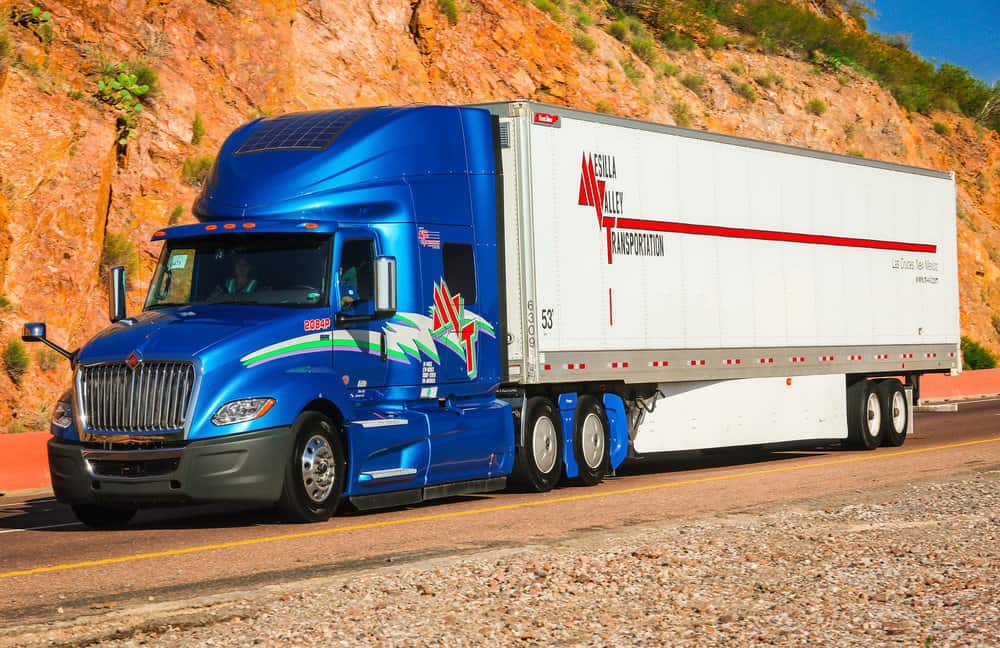
All week at the North American Commercial Vehicle Show in Atlanta, nearly every presenter has mentioned electric trucks and the growing electrification of the trucking industry. So, it was no surprise when solar company eNow noted how it too could help with these growing electric needs.
“We feel solar can play a very large part to attach a power source to these vehicles when they can’t plug in,” Jeff Flath, president, said during a press briefing. “We generate energy from solar, we can generate energy from the generator when there is extra energy, and we can generate energy from shore power.”
Flath explained that eNow’s current systems are flexible and can be scaled for the fleet’s needs. Typically its system, which involves installation of a solar panel either on the cab or trailer and batteries (the number depends on the application) is used for HVAC systems, refrigeration systems, liftgates, safety lights and tool charging.
eNow offers its system as an “Energy-as-a-Service” (EaaS) platform, using a “pay-as-you-go” model that treats the energy as a service rather than a commodity. This enables individuals and businesses to easily upgrade and spread the cost of ownership over time, reducing the need for large upfront capital.
In the Run On Less program that ended last week in Atlanta, eNow systems were on several trucks.
Flath said that in California, there is a push to eliminate diesel-powered refrigeration units.
“They’re trying to mandate the reduction of diesel refrigeration use; they want to go from diesel to electric,” he said.
From Flath’s perspective, solar is the way to go and he believes that it will grow in popularity as more of a truck is electrified. Everything from the hotel load to electrical components such as new electrified axles could potentially be powered by solar.
“We think based on what we are doing today, an increase of anywhere from 1% to 4% fuel savings is possible by off-loading the electrical load from the engine,” he notes, adding that there is also potential to collect energy in the eNow system from technologies such regenerative braking. “We believe we have a platform where we can take the energy from all these components and feed it back into the truck.”
Freightliner and Navistar both now offer eNow’s systems as factory-installed options. Payback can be anywhere from 6 to 18 months, Flath said, depending on application. For instance, used to power liftgates, it is between 6 and 9 months based on $2 per gallon for fuel with a vehicle operating 10 hours a day, 300 days a year.
For eNow, which was founded in 2011, it’s been a long journey to get to this point. “People are looking for reliability and consistency,” Flath said. “They don’t want to make a decision on a technology and [not have it work].”
eNow has proven it can make solar work and it is now positioned to take advantage of the electrification of trucking.










